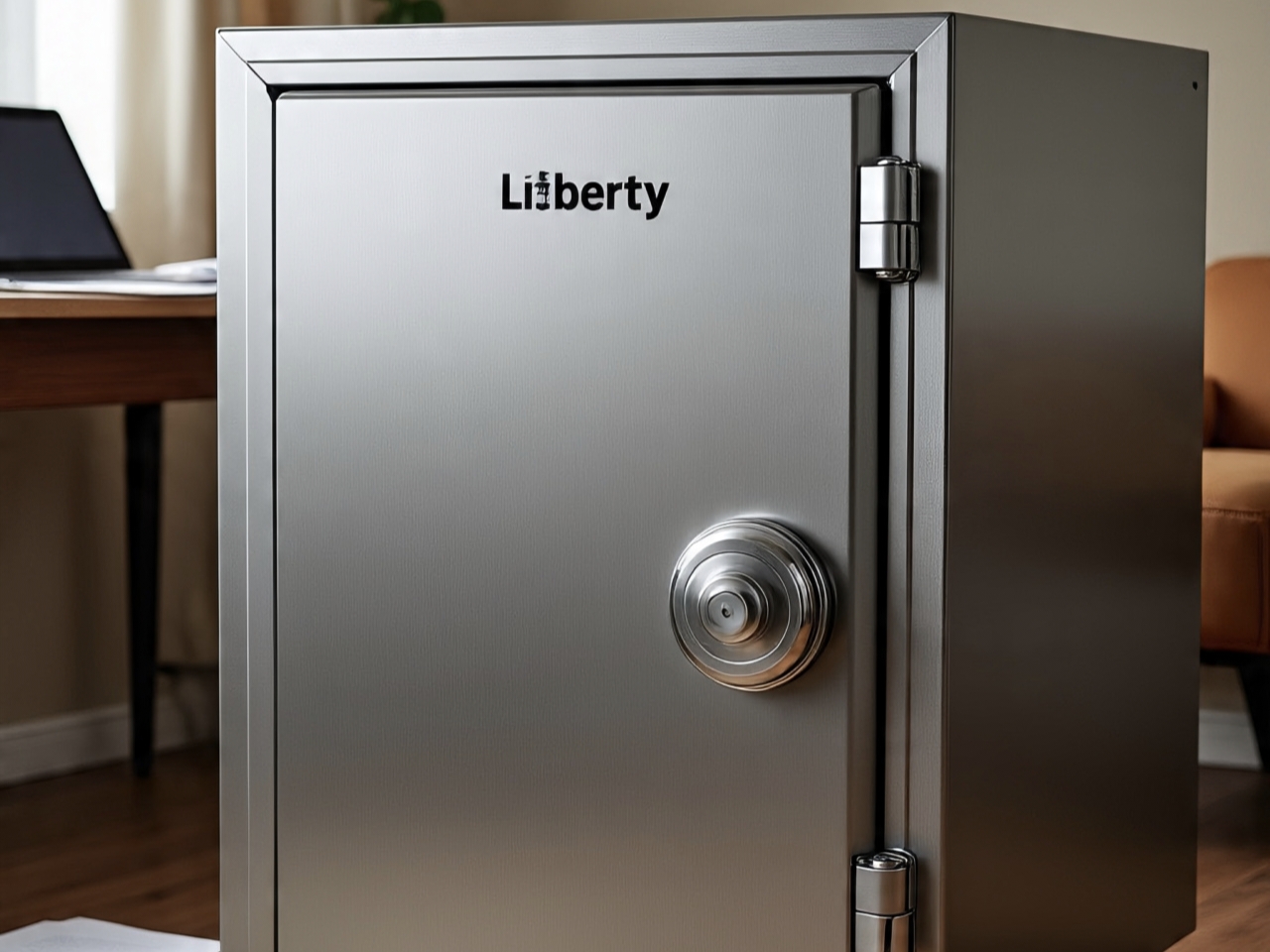Written in the voice and intellectual spirit of Scott Wadsworth
Let’s begin where it matters—real-world ownership. You bought a Liberty Safe because you take firearm responsibility seriously. But even the strongest safe isn’t invincible to time, wear, and neglect. Steel doesn’t rust out in a day, and locks don’t fail all at once—but left unchecked, small issues become big problems.
Think of your gun safe not as a vault you shut and forget, but as a mechanical system. And like any system—be it a plumbing manifold, timber frame, or electrical service—it performs best when it’s maintained with respect and routine.
Let’s walk through how to keep your Liberty Safe secure for the long haul. No gimmicks, no miracle sprays—just solid craft fundamentals and a clear understanding of how these safes are built and how they age.
The Principle: “Maintenance Is Stewardship”
Owning a gun safe isn’t passive. It’s an ongoing job. A safe’s structural steel, fireboard, locking mechanism, and moisture control system all work together. Ignore one, and the others suffer.
Maintenance is about stewardship—leaving something better than you found it and making sure it’s still working for the next person who needs it. That might be you, your spouse, or even a first responder trying to secure the home during an emergency.
- Regular Inspection: Your First Line of Defense
Every 3 to 6 months, give your safe a basic walkthrough. Look for:
- Door alignment issues
- Difficulty turning the handle or operating the lock
- Signs of rust or moisture on interior metal components
- Deteriorating fire seal (cracking, peeling, or compressed beyond recovery)
- Loose bolts or anchor points
Don’t just glance—listen and feel. When you spin a mechanical dial or engage an electronic lock, there’s a right sound and resistance. Learn what “normal” feels like so you can spot “off” before it becomes “broken.”
- Clean the Exterior with Respect for the Finish
Use a soft microfiber cloth and a non-abrasive cleaner (diluted dish soap and water works fine) to wipe the exterior. Avoid ammonia-based cleaners, which can dull the paint and harm the logos. If your safe has a gloss or textured finish, follow Liberty’s recommendations. This isn’t about vanity—it’s about preserving the steel coating that keeps corrosion at bay.
- Lubricate Hinges and Boltworks—But Don’t Overdo It
The hinges on most Liberty Safes are external and should be lubricated with a light gun oil or dry lube once a year. Open the door fully, wipe off any dust, and apply sparingly. Move the door through its full swing to work the lubricant in.
Now the bolt mechanism: Liberty recommends using a dry graphite lubricant on the bolt bar system every 12–18 months. Never use WD-40 or other oil-based sprays inside the locking system. They attract dust, gum up over time, and can actually accelerate wear.
The Best gun safe is one that doesn’t just perform well out of the box—it continues to function smoothly decades later. And that only happens when bolt tension and internal linkages are kept clean, dry, and moving freely.
- Lock Maintenance—Mechanical vs. Electronic
If you have a mechanical (dial) lock: once a year, gently blow out the dial area with compressed air and rotate the dial through several full turns. This keeps internal tolerances clear of grit and maintains smooth movement.
If you’ve got an electronic lock: replace the battery every 6–12 months, even if the low-battery indicator hasn’t lit up. Use only high-quality alkaline batteries (like Duracell Procell or Energizer Industrial), never rechargeables. Avoid battery failure—because when the lock fails closed, the cost of a locksmith can quickly exceed a decade’s worth of maintenance.
- Dehumidification: Controlling the Invisible Enemy
Moisture is the silent killer of firearms and safes alike. If you’re in a high-humidity area or a basement, install a dehumidifier rod (like GoldenRod) or a rechargeable silica gel system.
GoldenRod-style units use low-voltage heat to create gentle air circulation inside the safe, reducing relative humidity. They cost pennies a year to run and can easily extend the life of your guns and the interior of your safe.
Replace desiccant packs regularly or recharge them per the manufacturer’s instructions. Don’t assume once it’s in, it’s working forever.
- Interior Care and Fire Seal Inspection
Vacuum the interior carpeting every 6–12 months, especially near corners or around anchor bolt holes. This prevents dust buildup and discourages pests or mold growth.
Fire seals—those expanding gaskets around the door frame—require inspection for integrity. If you notice they’re permanently compressed, crumbling, or separating from the steel, it’s time to replace them. A compromised seal means compromised fire resistance.
- Anchor Bolts and Floor Contact
If your safe is bolted down (it should be), check anchor bolts for corrosion or movement annually. Especially in garage or basement installs, moisture can wick up from concrete into bolt threads. Treat with anti-seize during install, and retorque if needed.
Elevating the safe slightly on rubber isolation pads or treated wood can prevent moisture wicking and airflow restriction under the safe—key in damp environments.
- Listen to the Warranty and Follow It
Liberty Safe’s lifetime warranty is generous—but it assumes proper maintenance. Skipping annual lock checks, misusing the interior, or installing the wrong type of dehumidifier can void coverage.
Follow their maintenance and documentation guidelines. Save receipts for service calls, battery replacements, or seal kits. If something goes wrong, you’ll be glad you documented it.
- Pay Attention to Long-Term Use Signals
Over time, you’ll learn your safe’s quirks. If the handle starts to “drag,” or if the lock feels less crisp, don’t ignore it. Early warning signs are a gift—listen to them.
If the door begins to sag or rub, it may be due to shifting flooring, anchor strain, or heavy contents warping the structure. Check for level and plumb annually using a 4-foot level and shims if needed.
Final Thoughts: Craftsmanship Is Ongoing Care
We talk a lot in the trades about building for durability—concrete that doesn’t crack, welds that don’t fail, houses that stand a hundred years. A Liberty Safe is built with that same goal in mind. But even the best build needs attention.
Don’t treat your safe like a static object. It’s part of a security system, and systems only function as well as they’re maintained.
So here’s the final word: respect the safe, and it’ll respect your tools, your firearms, your family, and your legacy.
Fast is slow if you have to replace it in five years. Build it, and care for it, like you’ll need it forever.
Now—when’s the last time you opened your safe, not to grab a tool, but to give it a checkup?





